The Future of Tourism in the Alpine-Adriatic Region
In memory of Zlatko Pepeonik, 1934-2004
Symposium Theme
The future of tourism in the Alpine-Adriatic region in the sense of the coastal areas of the northern Adriatic and their partly mountainous hinterlands faces serious challenges, first and foremost by climate change and global warming. Will in the mountains skiing and other winter sports be sustainable under the conditions of a lack of natural snow and ice? Will in the coastlands seaside tourism remain attractive in growingly hot summers, when further to the North summer temperatures are much milder and better endurable? A second challenge will be climate protection and restrictions in energy consumption. Will tourism in these areas, so far in its vast majority based on private car traffic and dependent on it, be able to survive, when the price of fuels continues to grow, and restrictions make approaching them by car less and less attractive? During the pandemic and post-pandemic period, there were many changes in tourism flows and trajectories that affected the formerly main (and often overcrowded) and marginalized tourist areas in different ways. Often marginalized places became even more marginalized, but in cases of more resilient communities, the pandemic opened up a new niche for their development. These developments also raise the broader question of the role of tourism in marginalized areas. Problems may also arise from demographic change and the desire for a more comfortable work-life balance resulting in growing difficulties to recruit labor, especially seasonal labor so important in tourism. A next set of problems may be due to continued migration from rural to urban areas with the consequence that tourism remains just a “business between foreigners”, where external customers face external waiters and owners with no more local and local-cultural input except a nice scenery. Not a few parts of the Alpine-Adriatic region show already significant characteristics of this kind and convey an imagination of what that means.
This may be an incomplete listing of current and future problems, but they all ask for investigations not only in these very topics, how problems can be met and overcome, but also in the current structures of tourism, the contribution of tourism to the economy at large, its multiplier effect, its impact on regional development, especially of rural regions, its competitiveness on the larger European and global markets as well as in the question who profits or who profits most from tourism in a certain destination. The demand for research includes also studies in the historical development of tourism in the Alpine-Adriatic region, which may provide some lessons for the future, its interaction with elements of local culture, as well as comparisons with and experiences from other European regions and beyond.
All this is said on the background that tourism in the Alpine-Adriatic region is all but homogenous but composed of divergent tourism segments ranging from seaside bathing tourism to Alpine skiing, from health to urban and cultural tourism, from recreational to conference tourism and boasts a huge variety of regional and local specifics. Thus, not only studies on tourism in general and the Alpine-Adriatic region in total would be welcome, but also in-depth investigations into individual market segments and studies with a very local focus.
Suggested Subtopics
Thus, papers on the following topics (without claiming that this list was exhaustive) are invited, whether related to the Alpine-Adriatic region in total, larger parts of it or with a local focus, also comparisons with other European and global regions are welcome:
- Impact of climate change on winter tourism in mountainous regions
- Impact of climate change on summer seaside tourism
- Tourism and nature protection/biodiversity
- Concepts for tourism sustainability/eco-tourism
- Pandemic and post-pandemic impact on changes in tourism trajectories
- Modal split in tourism – present and future
- Labor supply in tourism – present and future
- Regional development effects of tourism
- The role of tourism in marginal areas
- Tourism and local demographic development
- Overtourism
- Trends in European tourism
- Driving forces in tourism
- Who profits from tourism?
- Tourism and spatial planning
- Ecological aspects of tourism
- Local cultural heritage as a tourist attraction
- Ethnic/linguistic minorities as attractions in cultural tourism
- The role of language and language competences in the tourist industry
- How can local culture/heritage be made sustainable in situ, and be taken serious as a resource and locational factor to be integrated into tourist agendas which combine local development and the protection of natural and cultural heritage?
- Historical development of tourism
- Experiences from other tourist regions
- Touristic branding and naming
See the conference programme in the top right-hand corner.
Vom 22.10.2024
bis 24.10.2024
Venue: Hermagor, Carinthia, Austria
Organizers:
Southeast Europe Assocation and its Klagenfurt branch
Austrian Geographical Society and its Klagenfurt branch
University of Klagenfurt, Faculty of Social Sciences, Department of Geography and Regional Research
University of Zagreb Faculty of Science, Department of Geography
Croatian Geographical Society
Co-organizers:
IGU Commission on Tourism, Leisure and Global Change
IGU Commission on Marginalization, Globalization and Regional and Local Response
Association of Slovenian Geographers
Italian Geographical Society
University of Primorska, Koper/Capodistria
Municipality Hermagor-Pressegger See
NLW Tourismus Marketing GmbH, Hermagor
Croatian Academy of Sciences and Arts, III. Department of Natural Sciences

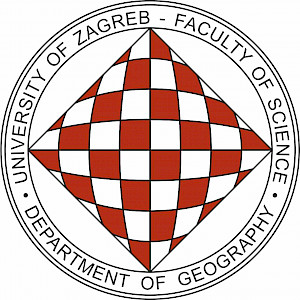
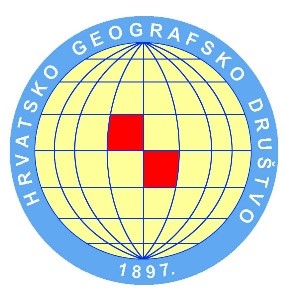
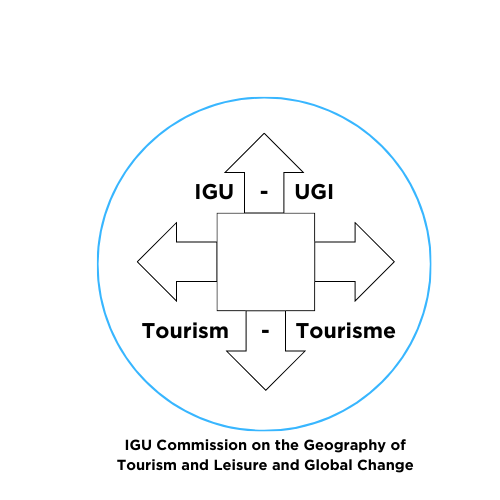
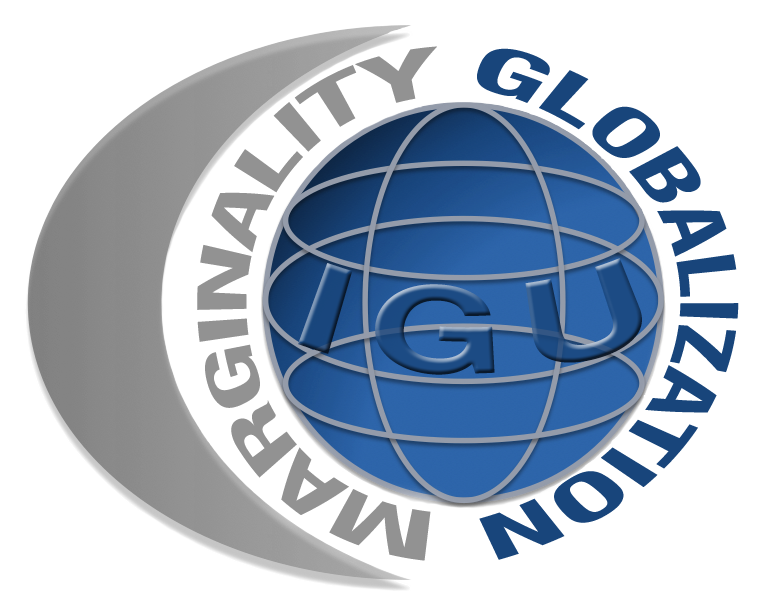

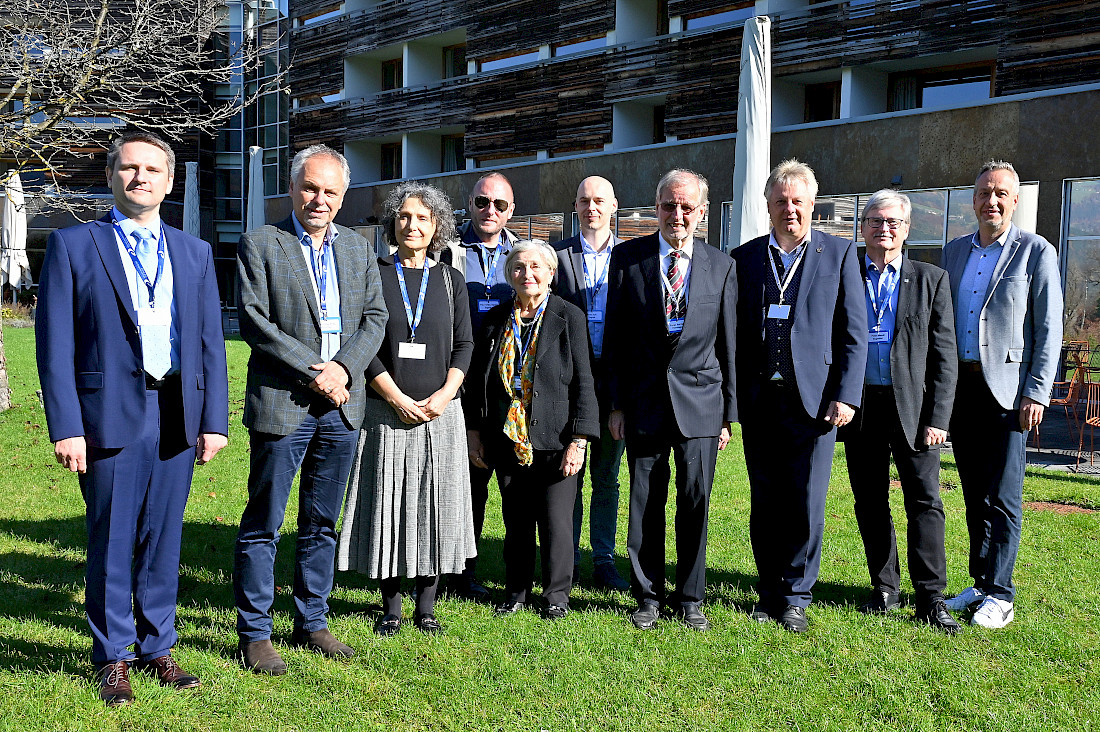
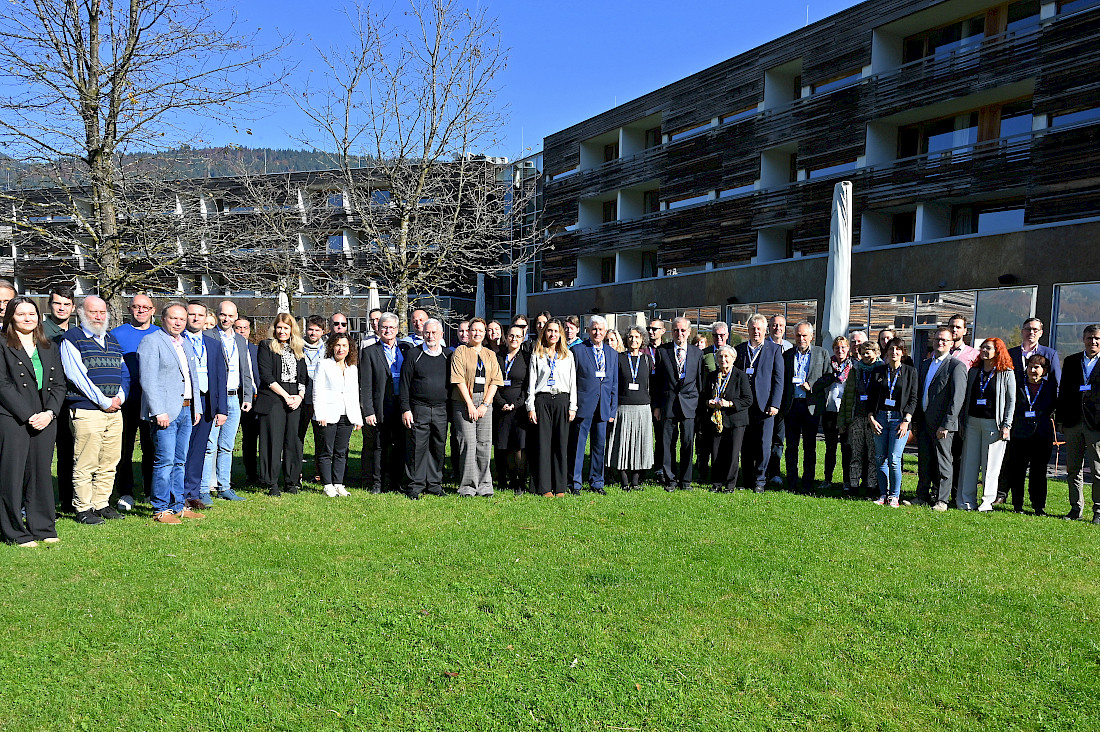

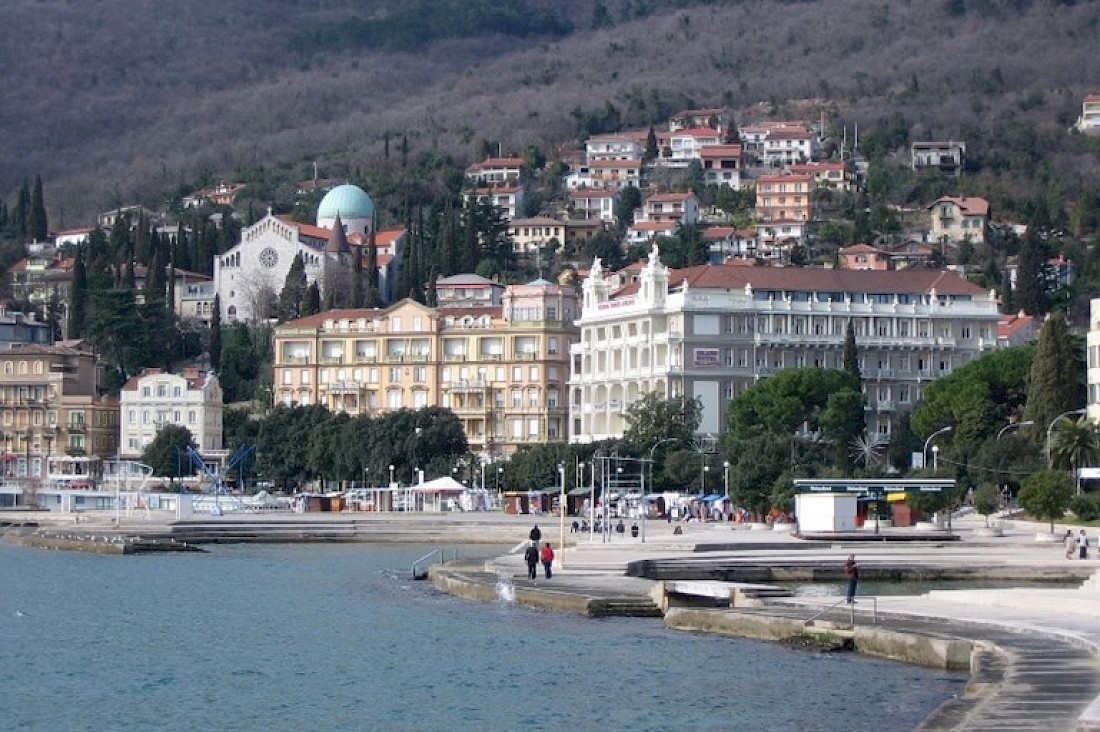
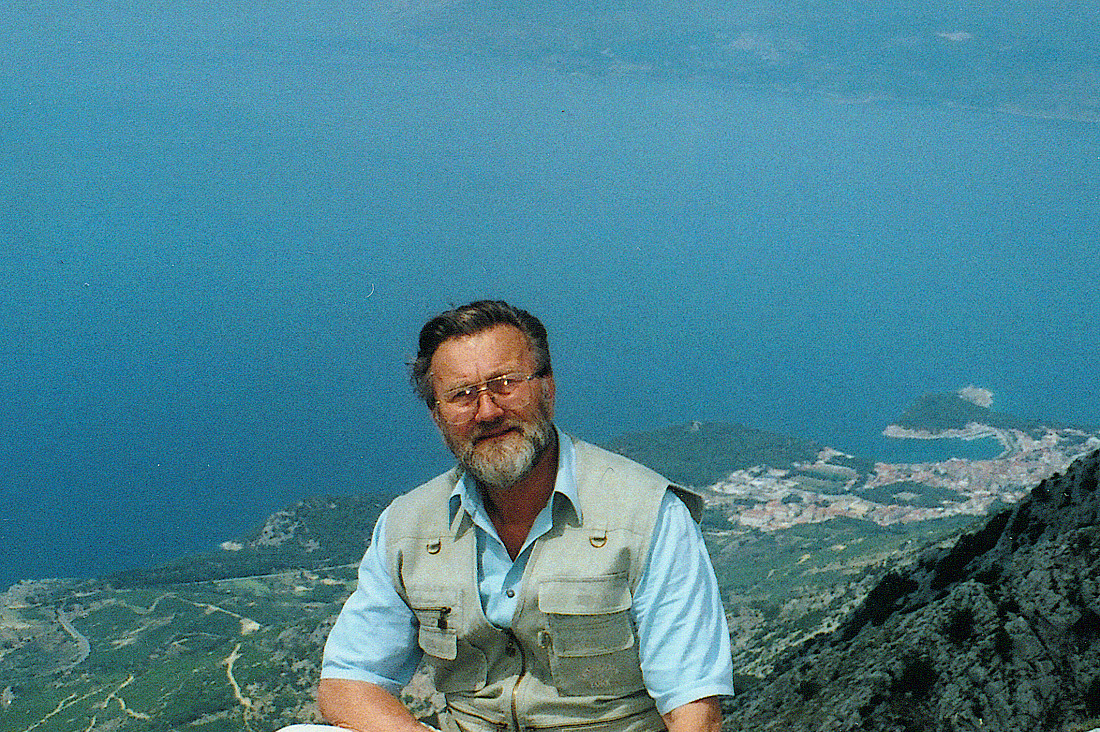
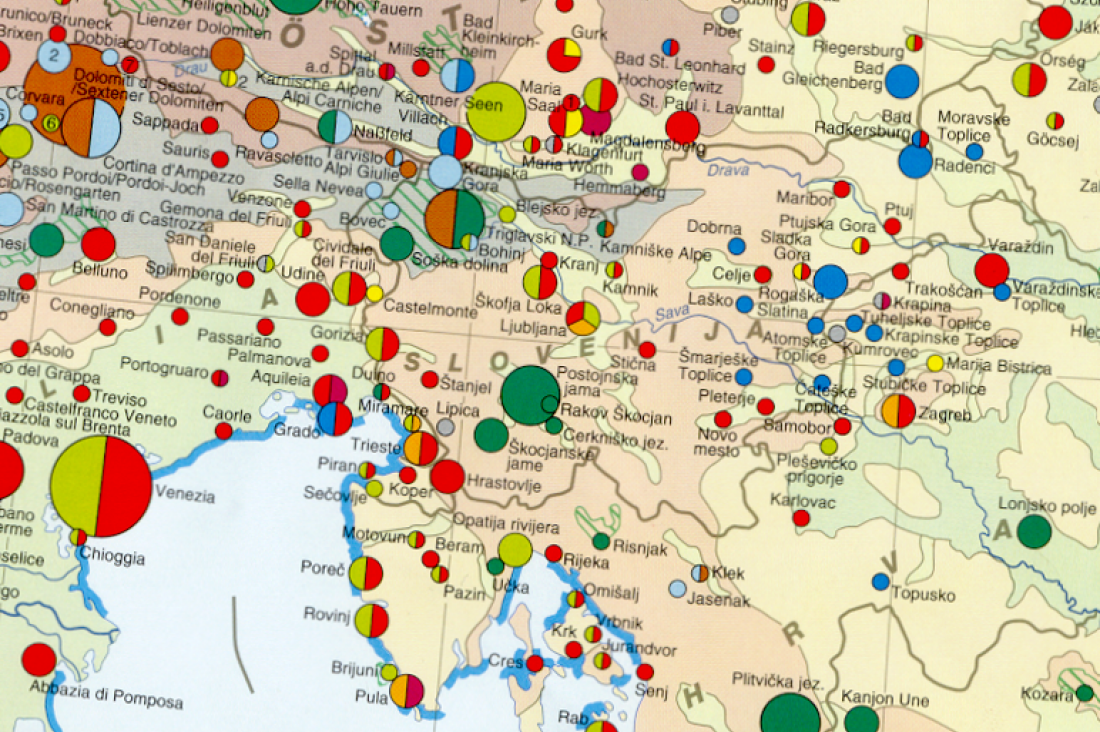
![Source: Austrian Map (https://maps.bev.gv.at/#/center/13.35,47.77/zoom/7.8), published by the Federal Office of Metrology and Surveying [Bundesamt für Eich- und Vermessungswesen, BEV]](/site/assets/files/29584/austrian_map.1100x732.png)